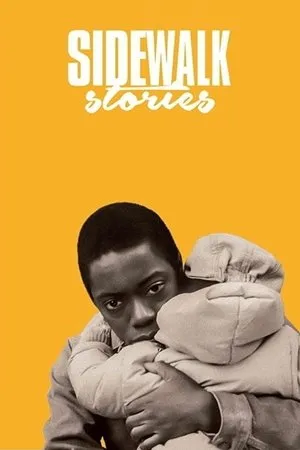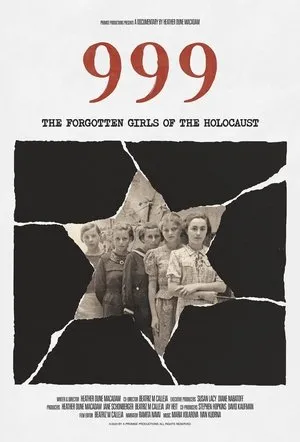In the landscape of cinema, where dialogue often takes center stage, there exists a unique and powerful form of storytelling that transcends the spoken word. “Sidewalk Stories,” a 1989 silent film written, directed, and starring Charles Lane, is a brilliant example of this art. Set against the backdrop of New York City, the film weaves a heartwarming and poignant tale of an unlikely bond between a homeless street artist and a young child. The narrative unfolds with a simplicity and grace that captures the essence of human connection in the face of adversity. The film opens with the introduction of our protagonist, a nameless street artist who makes a living drawing caricatures on the sidewalks of New York. His life takes an unexpected turn when he witnesses the murder of a young father, leaving his toddler daughter orphaned. Driven by compassion, the artist takes the child under his wing, embarking on a journey to find her mother and provide her with a stable home. As he navigates the challenges of caring for a child while living on the streets, the artist discovers a newfound sense of purpose and responsibility. The film beautifully portrays the evolving relationship between the artist and the little girl, capturing the joys and struggles of their makeshift family. Through shared moments of laughter, play, and quiet companionship, they form a bond that transcends their circumstances. The artist’s initial awkwardness and uncertainty gradually give way to a tender and protective love for the child, transforming him in profound ways. “Sidewalk Stories” is not merely a tale of survival; it is a celebration of the human spirit’s capacity for kindness and resilience. The film explores themes of homelessness, poverty, and social inequality, shedding light on the struggles faced by marginalized communities in urban environments. Yet, amidst the hardships, the film finds moments of hope and beauty, reminding us of the importance of empathy and compassion. The film’s silent format adds a layer of depth and emotion to the storytelling. Without dialogue to rely on, the actors convey their emotions through facial expressions, gestures, and body language, creating a powerful and intimate connection with the audience. The absence of spoken words allows the film to transcend language barriers, making it accessible to viewers from all cultures and backgrounds. Charles Lane’s performance as the street artist is nothing short of remarkable. With his expressive eyes and subtle gestures, he brings the character to life, conveying a range of emotions from vulnerability and tenderness to determination and courage. His portrayal of the artist’s transformation from a carefree drifter to a responsible caregiver is both believable and deeply moving. The film’s black-and-white cinematography adds to its timeless quality, evoking the classic silent films of Charlie Chaplin and Buster Keaton. The stark contrast between light and shadow creates a visually striking aesthetic that enhances the film’s emotional impact. The use of natural light and authentic locations further grounds the story in reality, immersing the viewer in the gritty urban landscape of New York City. As the artist continues his search for the child’s mother, he encounters a diverse cast of characters who offer glimpses into the complexities of urban life. From fellow street performers and sympathetic passersby to indifferent strangers and opportunistic criminals, each encounter adds depth and texture to the narrative. These interactions highlight the spectrum of human behavior, showcasing both the best and worst aspects of society. The film’s climax is a thrilling chase sequence that pays homage to the classic silent comedies. When the artist finally locates the men responsible for the father’s murder, he embarks on a daring pursuit through the city streets, determined to bring them to justice. The chase culminates in a chaotic and humorous showdown, showcasing the artist’s resourcefulness and determination. In the end, “Sidewalk Stories” is a testament to the power of human connection and the resilience of the human spirit. It is a film that reminds us of the importance of empathy, compassion, and the ability to find beauty in the most unexpected places. With its timeless themes, memorable characters, and masterful storytelling, “Sidewalk Stories” continues to resonate with audiences of all ages, proving that sometimes, the most powerful stories are the ones that are told without words. Welovecinema.top highly recommends this movie.

Sidewalk Stories (1989)
"Sidewalk Stories" is a poignant silent film set in 1980s New York City, where a homeless street artist becomes the unexpected guardian of a toddler after her father's tragic death. As he embarks on a quest to find the girl's mother, he learns the ropes of parenthood amidst the challenges of street life. The film culminates in a thrilling chase, as the artist seeks justice for the child's father, using his wits and the help of a horse-drawn carriage.











